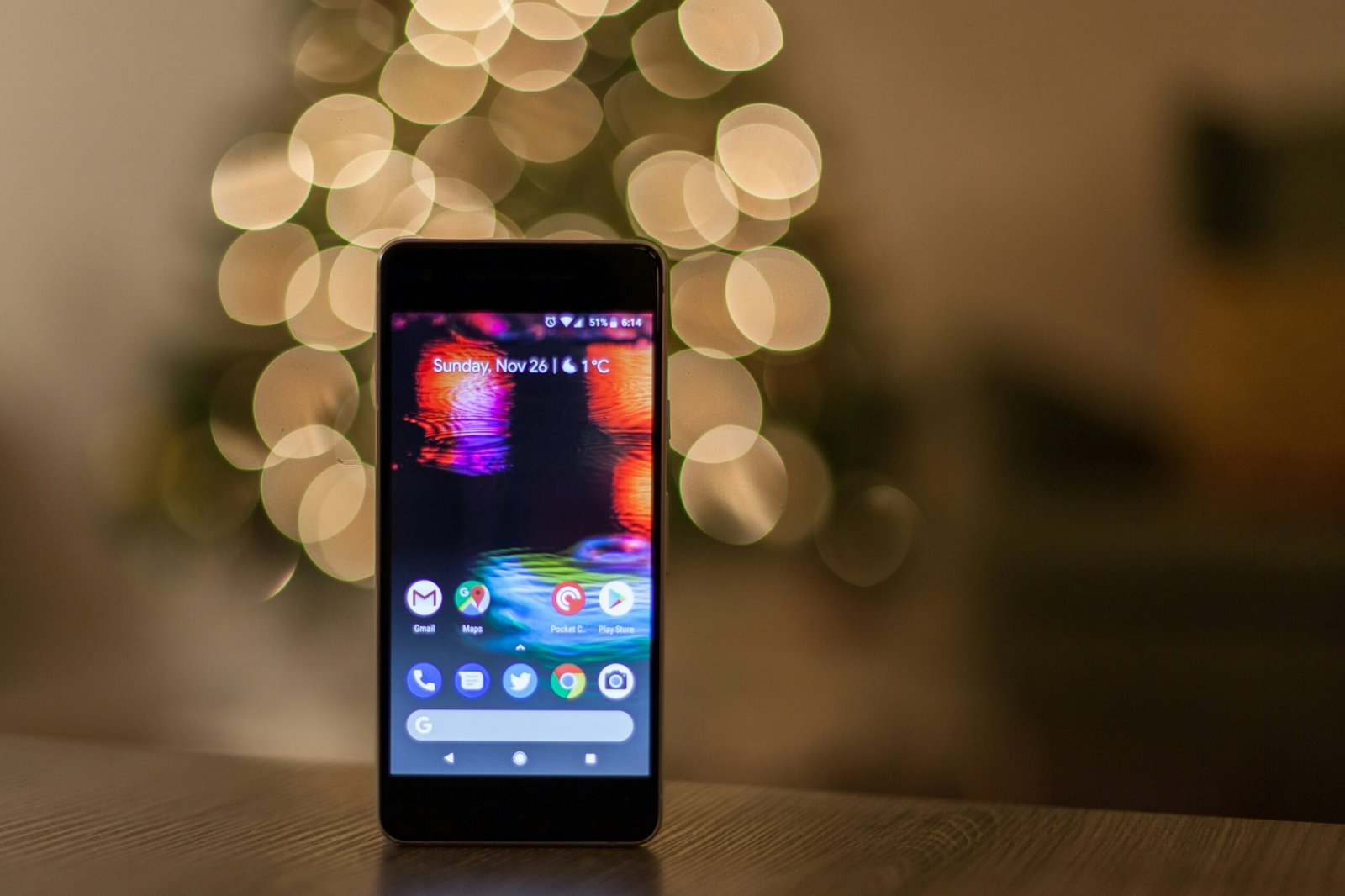Understanding Personalized Mobile Applications
In today’s rapidly evolving digital landscape, personalized mobile applications have emerged as a crucial component in delivering exceptional user experiences. Unlike generic apps that offer uniform services to all users, personalized mobile applications are tailored to meet the unique preferences and needs of individual users. This customization is driven by a growing demand for more relevant and engaging content that aligns closely with user expectations.
Personalized mobile applications leverage advanced technologies such as machine learning, artificial intelligence, and big data analytics to gather and analyze user behavior, preferences, and interactions. This data is then used to create a tailored experience that resonates with each user on a personal level. The result is an app that feels intuitive and responsive, fostering higher levels of user satisfaction and loyalty.
The advantages of personalized apps over generic ones are manifold. Firstly, they significantly enhance user satisfaction by providing content and features that are directly relevant to the user. This relevance not only makes the app more enjoyable to use but also increases the likelihood of repeated engagement. Users are more likely to return to an app that consistently meets their needs and preferences, leading to better retention rates.
Furthermore, personalized mobile applications contribute to increased user engagement. By offering a customized experience, these apps encourage users to interact more frequently and for longer durations. This heightened engagement is beneficial for businesses as it can lead to higher conversion rates and increased revenue opportunities. Engaged users are also more likely to provide valuable feedback, which can be used to further refine and improve the app.
In summary, the shift towards personalized mobile applications is driven by the need to create more user-centric experiences. By focusing on individual preferences and behaviors, these apps not only enhance user satisfaction and engagement but also contribute to better retention rates. As the demand for customization continues to grow, businesses that prioritize personalized app development will be better positioned to succeed in the competitive mobile app landscape.
The Importance of Intuitive Design
An essential element in app development is the creation of an intuitive design, which plays a pivotal role in the overall user experience (UX). An intuitive design ensures that mobile applications are user-friendly, allowing users to navigate seamlessly without a steep learning curve. This is achieved through user-centric design principles that prioritize ease of navigation, aesthetic appeal, and an engaging user experience.
Ease of navigation is the cornerstone of intuitive design. Users should be able to move through an app’s interface effortlessly, finding what they need without confusion. Clear, consistent, and concise navigation elements such as menus, buttons, and icons help guide users intuitively. For instance, widely recognized symbols for actions like ‘search’, ‘home’, and ‘settings’ are commonly utilized to create a familiar environment.
Aesthetics also play a crucial role in intuitive design. Visually appealing apps tend to attract and retain users more effectively. This involves a harmonious blend of colors, fonts, and layouts that not only look good but also enhance functionality. An aesthetically pleasing design can make an app feel more professional and trustworthy, thereby encouraging user engagement and satisfaction.
User experience, a broader concept that encompasses both ease of navigation and aesthetics, is central to the effectiveness of an app. A well-designed UX considers the end-to-end journey of the user, ensuring that each interaction is smooth and enjoyable. This includes responsive design, where the app adapts to different screen sizes and orientations, and accessibility features that cater to users with varying abilities.
Successful applications that excel in intuitive design include popular examples like Instagram and WhatsApp. These apps have set benchmarks in user-centric design by offering straightforward navigation, appealing visuals, and seamless user experiences, leading to high user adoption and satisfaction.
Best practices for creating an intuitive design involve understanding the target audience, conducting usability testing, and iterating based on user feedback. Designers should focus on creating a minimalist interface, using familiar design patterns, and ensuring that all interactive elements are easily accessible. By prioritizing intuitive design in app development, developers can enhance the app’s overall effectiveness and foster a positive, enduring relationship with users.
Incorporating Cutting-Edge Functionality
In the rapidly evolving landscape of app development, the integration of advanced features and cutting-edge technologies is crucial for creating applications that stand out. Among the most transformative technologies are artificial intelligence (AI), machine learning (ML), augmented reality (AR), and real-time data analytics. These innovations not only enhance the user experience but also offer significant advantages in terms of performance, personalization, and interactivity.
AI and ML have revolutionized the way mobile applications function. AI enables apps to perform tasks that typically require human intelligence, such as speech recognition, decision-making, and language translation. ML, on the other hand, allows applications to learn from data and improve their performance over time without being explicitly programmed. This results in highly personalized user experiences, as the app can adapt to individual preferences and usage patterns, providing content that is tailored to the user’s needs.
Augmented reality (AR) is another cutting-edge functionality that is transforming mobile applications. By overlaying digital information onto the physical world, AR creates immersive experiences that can be both entertaining and practical. For instance, AR can be used in retail apps to allow customers to visualize products in their home environment before making a purchase, or in educational apps to provide interactive learning experiences.
Real-time data analytics is a powerful tool for enhancing the functionality of mobile applications. By processing data as it is generated, apps can provide immediate insights and feedback to users. This can be particularly useful in applications such as fitness trackers, where real-time analytics can offer users instant updates on their progress and suggest adjustments to their routines. Additionally, real-time data analytics can improve app performance by identifying and addressing issues as they arise, ensuring a smoother user experience.
Incorporating these advanced features into mobile applications not only boosts their functionality but also significantly enhances user engagement and satisfaction. As a result, app developers who leverage AI, ML, AR, and real-time data analytics are better positioned to create innovative and intuitive applications that meet the unique needs of their users.
Case Studies and Success Stories
Examining successful mobile applications that seamlessly blend intuitive design with cutting-edge functionality provides valuable insights and inspiration for developers and businesses alike. These case studies highlight the unique needs addressed, the strategies employed, and the remarkable outcomes achieved, underscoring the importance of tailored app development.
One notable example is the fitness app “FitTrack.” Designed to cater to both novice and experienced fitness enthusiasts, FitTrack identified a gap in the market for a comprehensive, user-friendly fitness tracking solution. The app developers utilized a clean, intuitive interface combined with advanced features like real-time progress tracking, personalized workout plans, and integration with wearable devices. By focusing on user experience and leveraging modern technology, FitTrack achieved widespread adoption, boasting over a million downloads within its first year and a user retention rate of 75%.
Another successful case is “ShopEase,” a mobile application tailored for the retail sector. ShopEase aimed to simplify the shopping experience by providing users with personalized recommendations, seamless payment options, and real-time inventory updates. The app developers employed sophisticated algorithms and machine learning to refine the recommendation system, ensuring relevance and accuracy. Additionally, the intuitive design facilitated easy navigation and a smooth checkout process. As a result, ShopEase significantly boosted customer engagement and increased sales for partner retailers by 30% within six months of launch.
In the healthcare domain, “MediConnect” stands out as a prime example of effective app development. MediConnect was created to bridge the communication gap between patients and healthcare providers. The app features an easy-to-use interface for appointment scheduling, secure messaging, and electronic health records access. By integrating advanced security measures and ensuring compliance with healthcare regulations, MediConnect provided a reliable platform for users. The app’s success is evident in its widespread adoption across numerous healthcare facilities and the positive feedback from both patients and providers, highlighting its role in improving healthcare delivery.
These case studies underscore the critical role of tailored app development in addressing specific needs while blending intuitive design with cutting-edge functionality. By understanding and implementing these strategies, developers and businesses can create mobile applications that not only meet user expectations but also drive significant engagement and growth.



